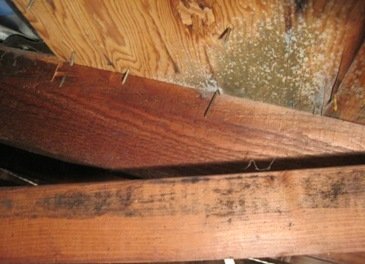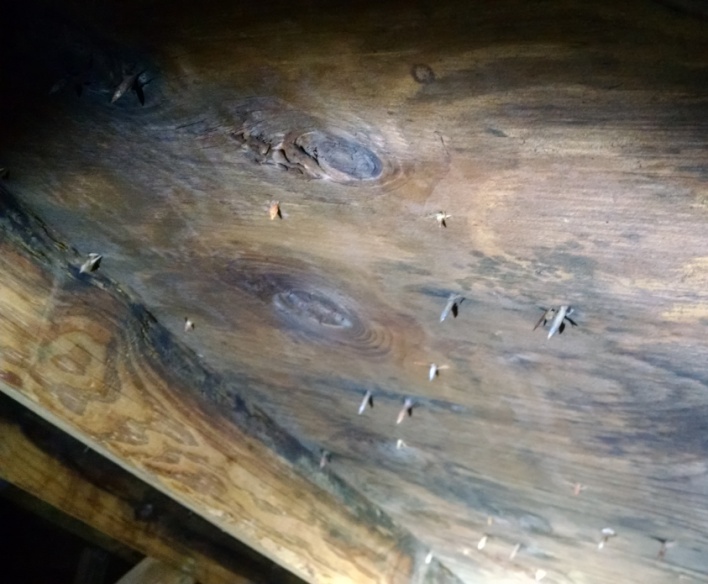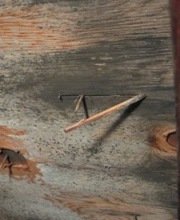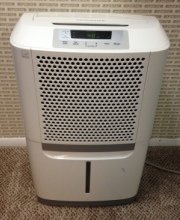Find a Mold Specialist Now
Click or Call, Toll-Free 24/7
Attic Mold
Attic mold is common for a number of reasons. Some attics are not properly ventilated and then moisture may develop. Many strains of mold need only very small amounts of moisture in order to grow and thrive.
A leak in the roof introduces even more moisture, of course, and a small leak can go unnoticed for quite some time. Since most homeowners don’t venture into their attics very often, mold can grow unchecked for a long while. By the time it is discovered, mold in the attic can be a serious problem.
Preventing Attic Mold
It has been said that an ounce of prevention is worth a pound of cure, and that is certainly true when it comes to mold in your attic. Preventing mold in the attic may take a little work, but it is much less work than removing mold from your attic and also much less costly.
- Make sure your attic is properly ventilated. If you are like many homeowners and aren’t quite sure what to look for with regard to attic ventilation, you can have a mold remediation professional look for you. These professionals are not only experts in removing mold but in preventing it.
- Make sure your attic is well-insulated. Along with proper ventilation, insulation helps control temperature and moisture in attics.
- Maintain your roof in good repair. Mold in the attic is not always caused by a leaky roof, but a leaky roof almost always leads to mold in the attic. Address any leaks or other damage to your roof right away.
- Keep roof gutters clean and in good repair, as well.
- Here for some additional mold prevention tips.
 |
 |
Attic Mold Treatment
If you have mold in your attic, you’ll want to get rid of it as quickly as possible. Mold grows and spreads quickly and the longer it is allowed to continue growing in your attic, the greater the damage to your home and the greater the risk to your health.
Attic mold remediation typically involves several components.
- When mold has been discovered in one part of an attic, make sure to inspect the entire attic carefully for additional mold growth. Mold spreads easily and sometimes it is hard to see.
- Moldy insulation must be removed and replaced since mold cannot be removed from the contaminated insulation.
- Moldy wood should be removed and replaced if possible.
- Wood that cannot be removed, such as support beams, should be sanded to remove as much mold as possible. Then the wood should be painted with a sealant to prevent any remaining traces of mold from growing or spreading, a treatment known as encapsulation. Homeowners are advised to hire a mold remediation professional to sand and encapsulate moldy wood, because the process of sanding wood exposes you to significant health risks and professionals have the necessary safety gear and they know how to do the job safely and correctly.
- Any other moldy materials in the attic must either be thoroughly cleaned or removed and replaced. In general, porous materials are difficult or impossible to clean adequately, while non-porous materials usually can be cleaned. If you have stored item like clothing, papers, furniture or holiday decorations in your attic, inspect them all carefully for any signs of mold. When in doubt, throw it out.
- The cause of mold growth in the attic must be identified and corrected. This is one of the most important steps in the mold treatment process because if you don’t fix the cause of the problem, mold will almost certainly come back soon.
- Since mold spreads so easily from one area of the home to other areas, the rest of the house should be inspected for signs of mold.
For Help with Attic Mold Removal and Prevention
For help with removing mold from your attic or advice on preventing mold growth in the attic, we suggest scheduling a free consultation with an experienced mold remediation professional in your own home. A professional will visit, inspect for mold, advise you about the work that needs to be done, and answer all your questions. You’ll also receive a detailed written estimate for the cost of the work, if you choose to hire the professional for the job. Even if you plan to do the work yourself, though, you can benefit from some free expert advice. Follow the link to find qualified mold removal professionals offering free in-home consultations in your area.
Return From Attic Mold To Home Page
EPA: Mold, Moisture & Your Home
Privacy Policy Terms and Conditions Accessibility Do Not Sell My Information Disclaimer Contact Us




